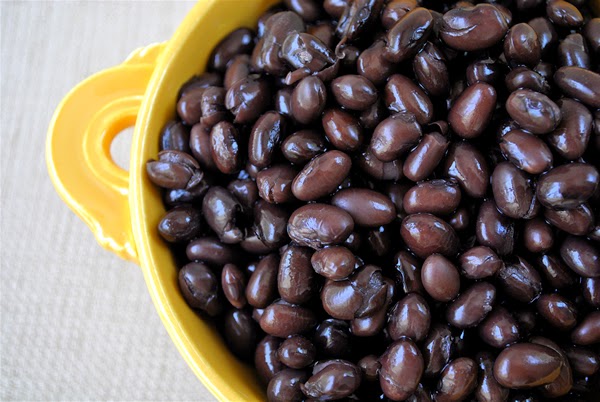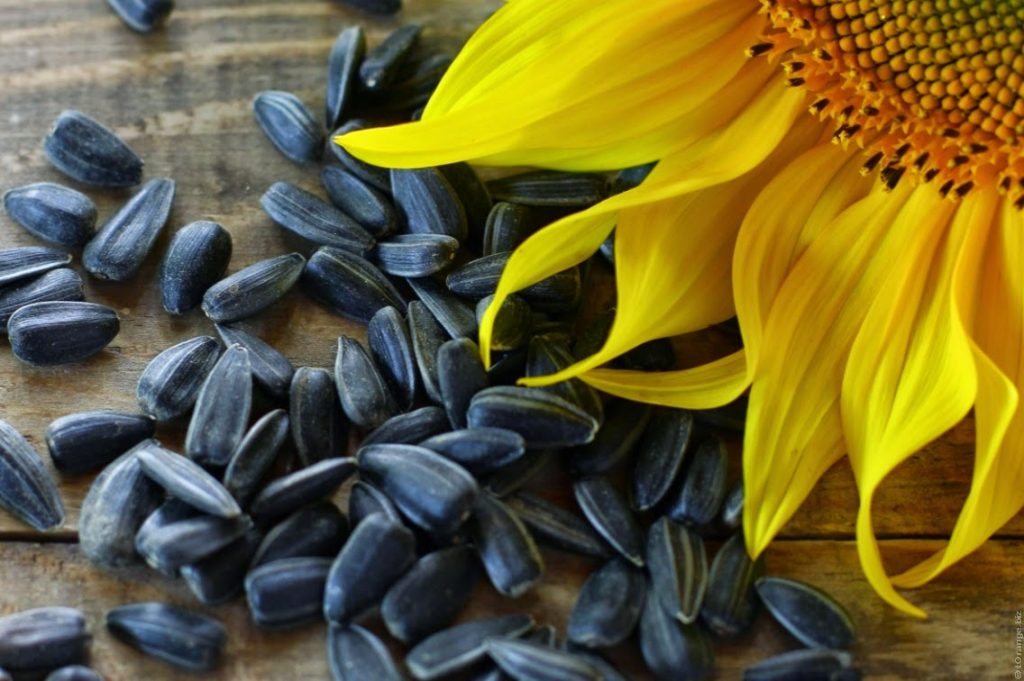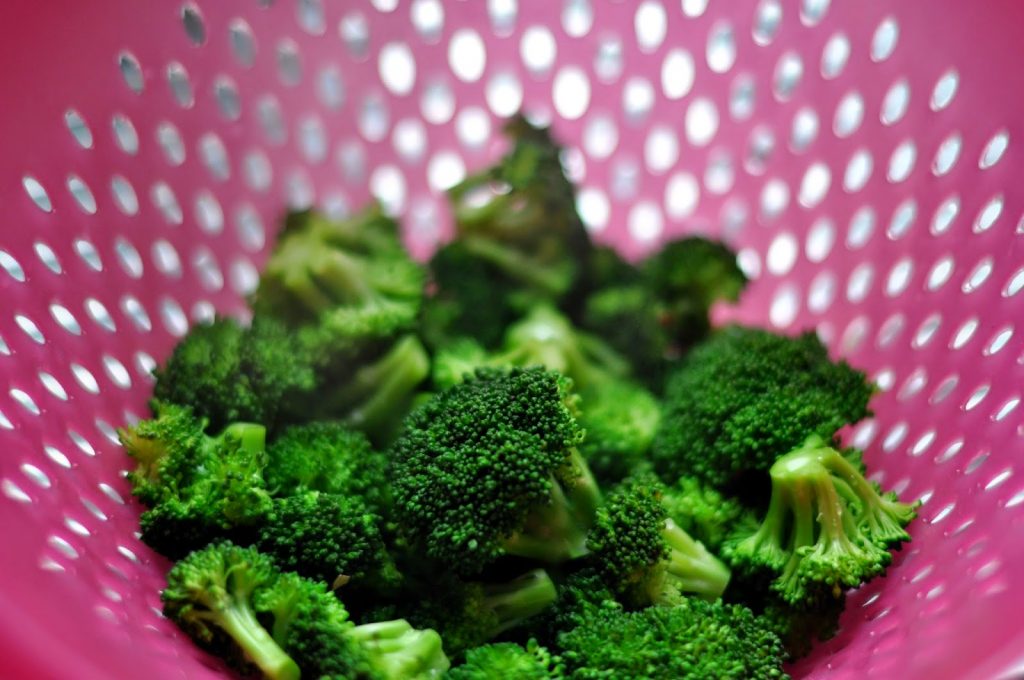
In the world of sports nutrition, some nutrients stand out more than others. For instance, it is generally understood that endurance athletes need to eat higher-than-normal amounts of carbohydrates and proteins. We all love bananas for their potassium content, and we all try to include spinach and dairy for iron and calcium.
Some nutrients, on the other hand, aren’t as famous, which means athletes run the risk of missing out on the benefits they provide. Magnesium is one such example. If you think you’re a magnesium pro, we challenge you to list the top-three sources of magnesium without scrolling down. How about just the top-two? No luck? This post may be for you.
The Benefits of Magnesium:
As the Kansas University Medical Center points out, research studies have shown that magnesium supplementation can help lower high blood pressure, lower the risk of developing diabetes, decrease the symptoms of PMS, reduce migraine symptoms, and help depression and anxiety. Magnesium has also been shown to help constipation, kidney stones, osteoporosis, insomnia, fibromyalgia and asthma.
In short, magnesium helps the body do A LOT.
In addition to these benefits, magnesium’s biggest roles in the body are two-fold: 1) To help bones absorb and use calcium and 2) To help keep muscles relaxed. These are both critical for athletes, as strong bones are required to withstand the stress of running and other high-impact sports, and cramps are sometimes nothing more than muscles that can’t relax. Check out our recent tennis post that provides information on the role that magnesium is thought to play in cramping.
Magnesium as an Electrolyte:
Magnesium is also a crucial electrolyte lost through sweat, which is why each SaltStick Cap contains small amounts of the mineral. Your muscles require electrolytes to contract and relax properly, and low levels of any electrolyte (including sodium, potassium, calcium and, yes, magnesium) can contribute to cramping or low energy.
How much magnesium should I consume per day?
Like most vitamins and minerals, the exact amount of magnesium you need each day varies with age and gender. The average adult male should consume 400 – 420 milligrams each day, while the average female should consume between 320 – 360 milligrams, according to Medical News Today. Unfortunately, despite magnesium’s importance in everything from regulating blood pressure to bone health, more than 57 percent of U.S. adults do not consume adequate amounts, according to the USDA.
Notably, Type-A personalities, or people under chronic stress, will usually need more magnesium than the average person. (Not that athletes fit that description at all…)
Make sure you are getting your magnesium by including the following foods in your diet. Not the biggest fan of black beans? We have tried to provide ways to include these foods into your diet without making them “front-and-center” at your meals.
Do you have any additional ideas for including these ingredients in meals? Leave a comment!

Five Foods Rich in Magnesium:
Sunflower seeds: Just ¼ cup of dry-roasted sunflower seeds contain a whopping 128 milligrams of magnesium, nearly 30 percent of your daily needs.
- Add them to your diet: Add sunflower seeds to homemade trail mix, sprinkle them into stir-fry dishes, add them into your post-workout smoothie, or mix them into your next salad. Try to find unsalted seeds to avoid consuming too much sodium.
Dark, leafy greens: 1 cup of cooked spinach contains 78 milligrams of magnesium and 1 cup of cooked broccoli contains 51 milligrams. Ideally, you should be consuming about three cups/large handfuls of dark, leafy greens per day, so that amounts to nearly half of your daily needs.
- Add them to your diet: Make spinach the foundation of your salads, add kale to your morning smoothies, add broccoli or leafy greens to your stir-fry, or enjoy a side of lightly-steamed greens at dinner. Season with lemon juice, salt and pepper.
Almonds: Almonds are another great source of magnesium, with ¼ cup providing 105 milligrams. Like any nut (including walnuts, cashews, Brazil nuts, etc), be careful not to eat too many; that same ¼ cup contains about 200 calories.
- Add them to your diet: Add almonds into your trail mix, spread almond butter onto apples or celery sticks, or sprinkle crushed almonds on your next batch of roasted veggies.
Black beans: All legumes are great sources of magnesium, but black beans contain the highest amount, packing 60 milligrams into ½ cup. Other great legume sources include black-eye peas (48 milligrams) and kidney beans (25 milligrams).
- Add them to your diet: Black bean salsa makes a delicious side dish at dinner, and adding black beans to soups and stews is an excellent way to pack in protein, complex carbs and a range of vitamins and minerals.
Whole grains: Shredded wheat cereal and oatmeal are the best grain-based sources of magnesium, each containing about 60 milligrams in 1 cup.
- Add them to your diet: Grains are probably the easiest food group for athletes to include into their diet. Whole grains make for a great breakfast, both before and after a workout. Mix in some sunflower seeds or almonds, and you are really packing in the magnesium! Make sure that when you purchase grain products (bread, wraps, cereal, etc.) you ensure they’re actually made from whole grains, as the refinement process strips grains of their magnesium content.
